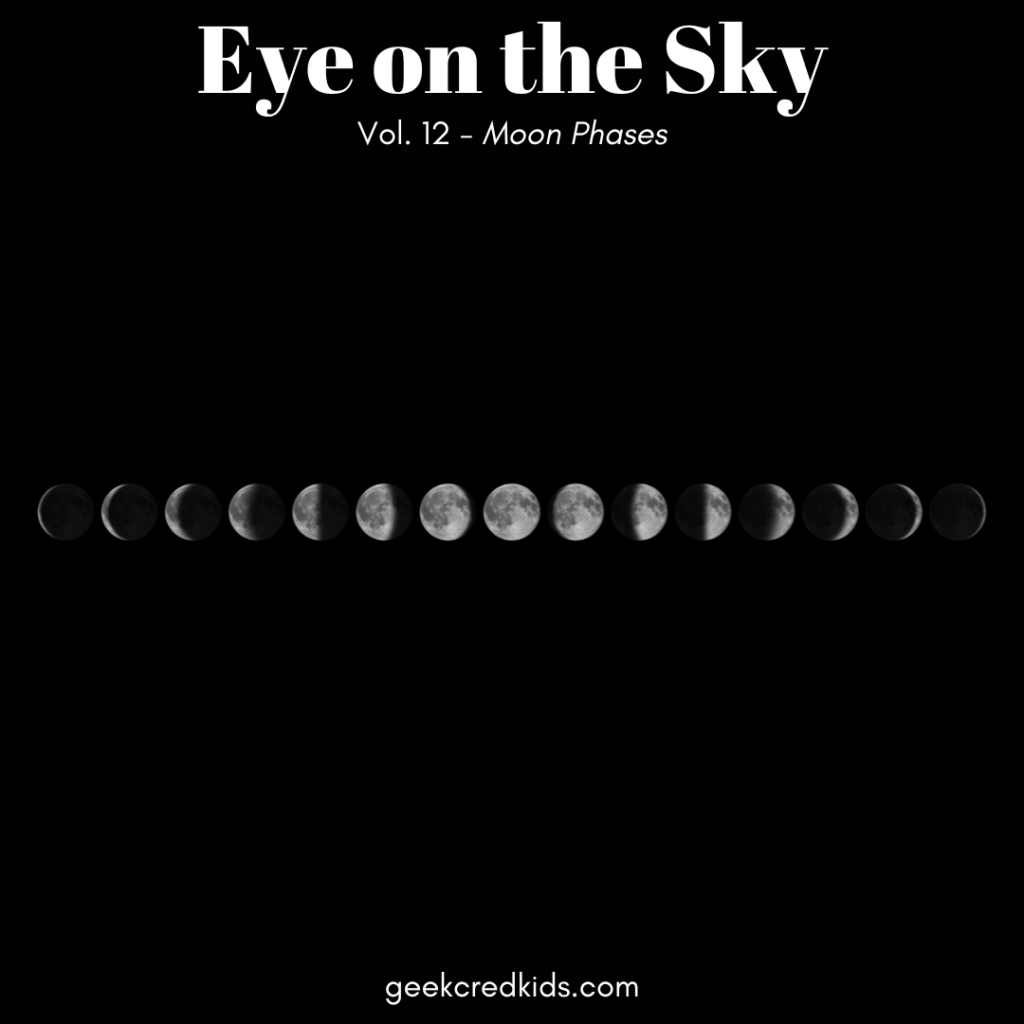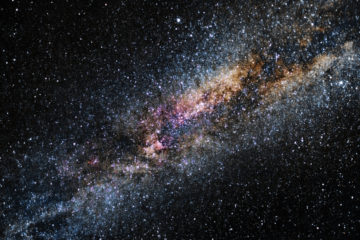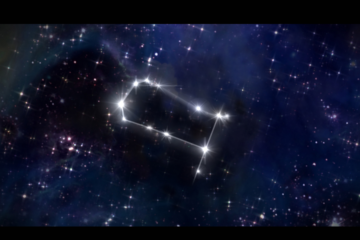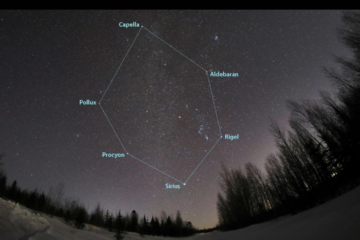Eye on the Sky Vol. 12 – Saturday, November 11, 2023

Earth’s lonely satellite transitions through a series of phases as it orbits our planet. The lunar cycle begins with the New Moon, where the side facing Earth is in shadow because the sun is behind it. This makes it invisible from our perspective. As the moon progresses in its orbit, a slender crescent is illuminated by the sun, marking the Waxing Crescent phase. The bright portion continues to grow until it reaches the First Quarter, presenting a half-moon in the sky. Then, the Waxing Gibbous phase unfolds, leading to the Full Moon when the entire side facing Earth is brilliant (and sometimes SUPER.) The moon then enters its Waning Gibbous phase. There, it slowly falls back into shadow on the other side, gradually decreasing in brightness until it reaches the Third Quarter, resembling another half-moon. Finally, the Waning Crescent phase unfolds, bringing the moon’s cycle full circle back to the New Moon, and the celestial spectacle begins anew. This whole cycle, driven by the changing positions of the sun, Earth, and moon, lasts 28 days and has fascinated observers throughout human history.
The cycle starts on the 13th this month. That means there will indeed be a “New Moon on Monday!” We’ll be taking advantage of the dark skies to see what we can find while blasting Duran Duran. 🌑



0 Comments